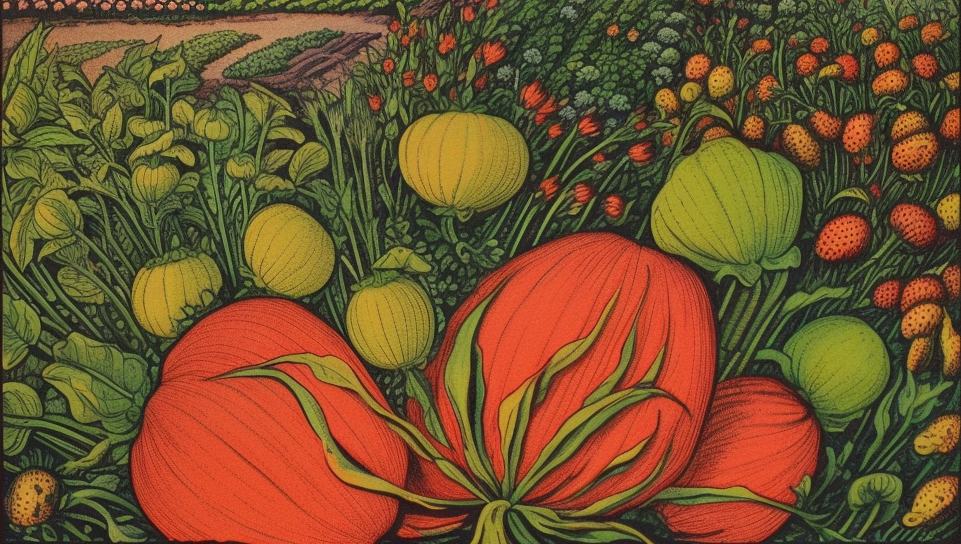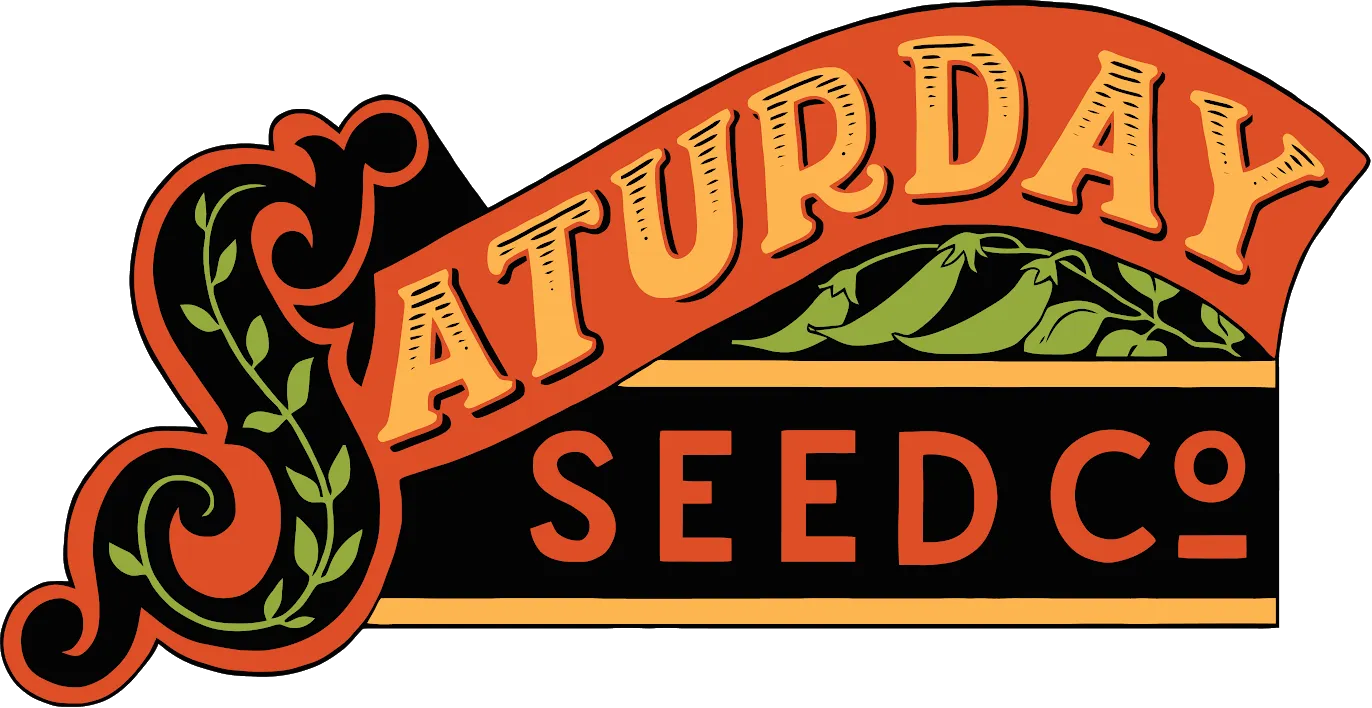Purple Bumble Bee Tomato
Organic. Open Pollinated. Non-GMO.
10 seeds per packet approx.
70 days to maturity.
Open-Pollinated. Indeterminate (vine) grows in trusses with yellow-streaked fruit. Very productive. Resists cracking and can be grown in 5 gallon or greater containers. Needs support. Pick and they will continue to provide.
Get the latest news and discounts delivered right to your inbox.

Thank you! Your submission has been received!

